National Regatta Lane Regulations
BC Rule 26 – Paddling on the Course
- In races up to 1000 metres, competitors must keep the whole of their boat, which includes their paddles, within the five-metre (5 metres) wide central area of their lane from the start to the finish of the course. Upon any deviation, the boat must go back immediately to this central area of the lane.
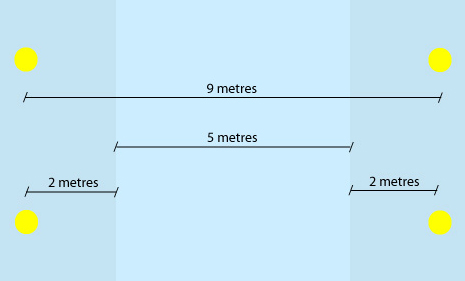
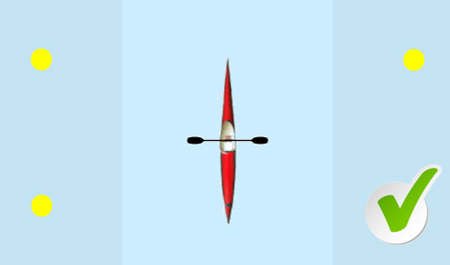
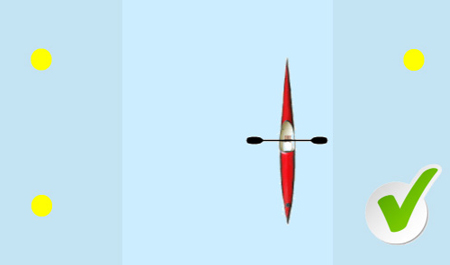
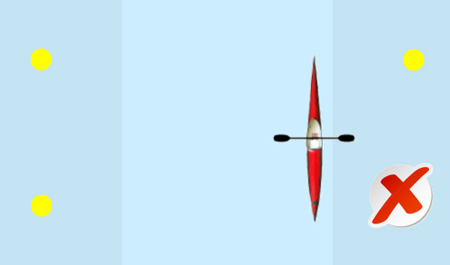
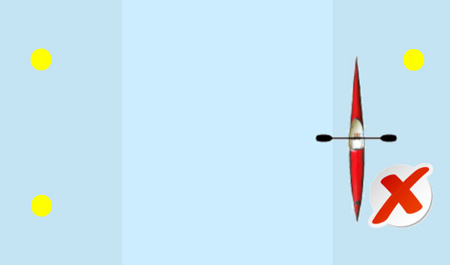
- If a boat fails to actively return and/or gains an advantage in the race the boat may be disqualified from the event.
- A boat which leaves its allocated lane must be disqualified from the event.
- If a race is declared null and void, no change of the composition of a crew is permitted at the new start.
- If there is a capsize the competitor or crew is eliminated from the race.
- The Umpire has the right to interrupt a correctly started race if unforeseen hindrances arise. The course umpires with a red flag and sound signal may effect such an interruption. Competitors must immediately stop paddling and await further instructions.
- If a paddle is broken a competitor may not be provided with a new one by a supporter.
BC Rule 27 – Pacing and wash riding
- Taking pace or receiving assistance from boats not in the race or by any other means is not permitted.
- When a race is in progress crews not taking part in the race are strictly forbidden to proceed over the whole or part of the course, even outside the marking buoys.
BC Rule 28 – Competitions over Long Distances (more than 1000 metres)
- In races of more than 1000m competitors may deviate from their lane providing they do not impede other competitors.
- When a race is run on a course with turning points these shall be passed with the turning buoys to the right hand side of the paddler.
- A competitor will not be disqualified for touching a turning point buoy unless, in the opinion of the Turning Point Umpires, an advantage has been gained therefrom. In making a turn the boat shall follow as closely as possible the course as marked by the buoys at the turning point.